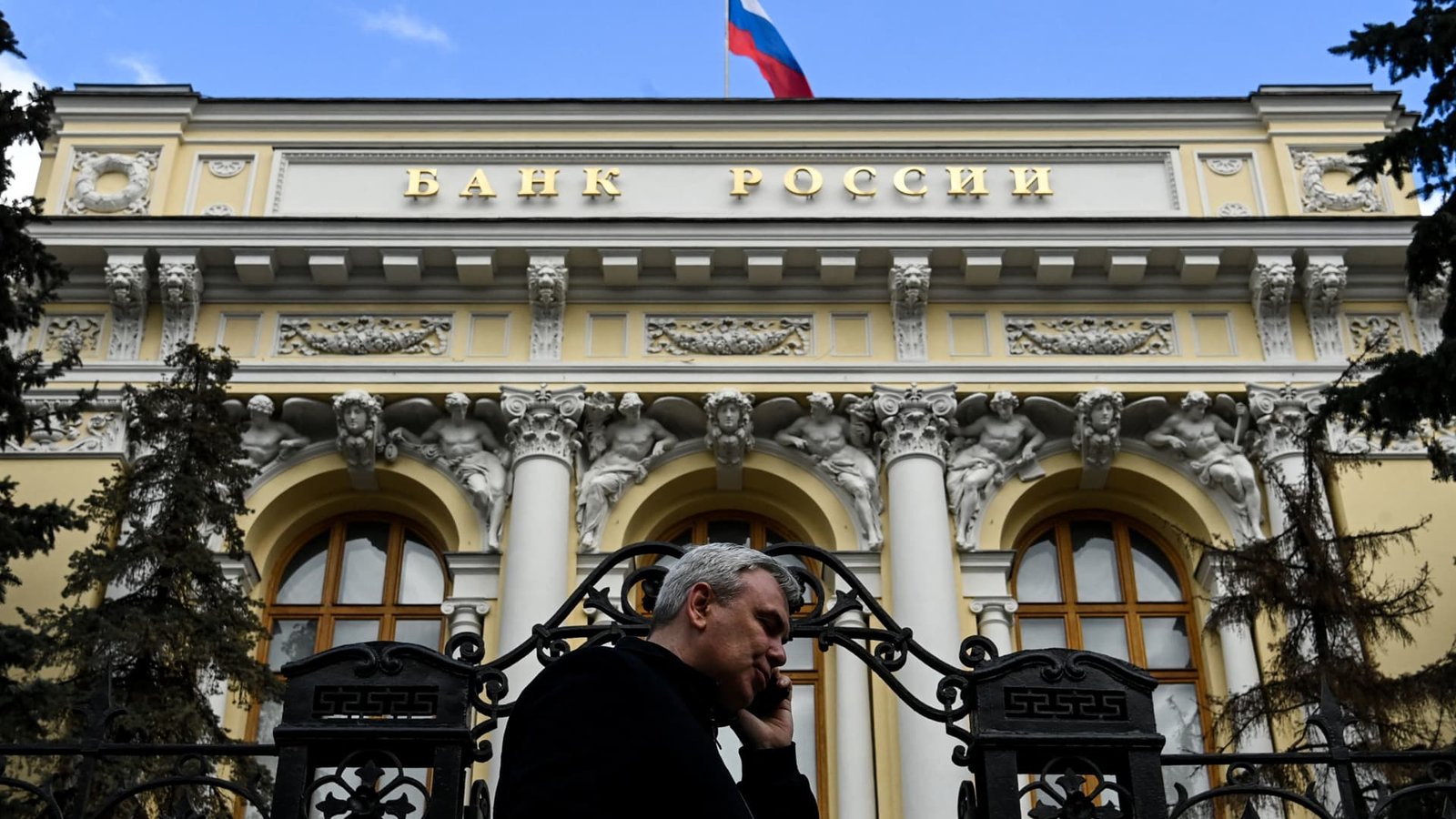India’s economy grew by only 5.4% in the second fiscal quarter ending September, falling short of economists’ estimates and nearing a two-year low. This figure is a decline from the 6.7% growth in the previous quarter and marks the lowest reading since the last quarter of 2022. Economists surveyed by Reuters had predicted a 6.5% growth rate for the period, while the Reserve Bank of India had anticipated a 7% expansion. The country’s statistics agency highlighted sluggish growth in manufacturing and the mining sector.
Following the release, the yield on India’s 10-year sovereign bond dropped to 6.74% from around 6.8%. The weak GDP data could influence the country’s interest rate path, with the RBI’s Monetary Policy Committee set to convene between Dec. 6-8. Analysts had anticipated the RBI to maintain the repo rate at 6.5% for the eleventh consecutive time.
Harry Chambers, an assistant economist at Capital Economics, remarked that the recent data indicated widespread weakness, projecting that economic activity would face challenges in the upcoming quarters. He suggested that while this supports the case for policy easing, the recent uptick in inflation might delay interest rate cuts for a few more months.
Alicia Garcia Herrero, chief Asia-Pacific economist at Natixis, forecasted that India’s economy would slow down in 2025 but not collapse. Natixis predicted a 6.4% growth rate for India in 2025, without specifying if it referred to the fiscal or calendar year. She mentioned that the growth rate could also dip to 6%, which she described as unwelcome but not a significant issue.
Additionally, the RBI projected a higher GDP growth of 7.2% for the fiscal year ending in March 2025. Regarding India’s economic prospects under President-elect Donald Trump’s second term, Herrero suggested that India might not be as impacted by global value chain shifts as China. She proposed that the Trump administration could consider imposing tariffs on Vietnam instead. Herrero also mentioned the possibility of China producing goods in India for domestic consumption, potentially shielding India from tariff implications.




